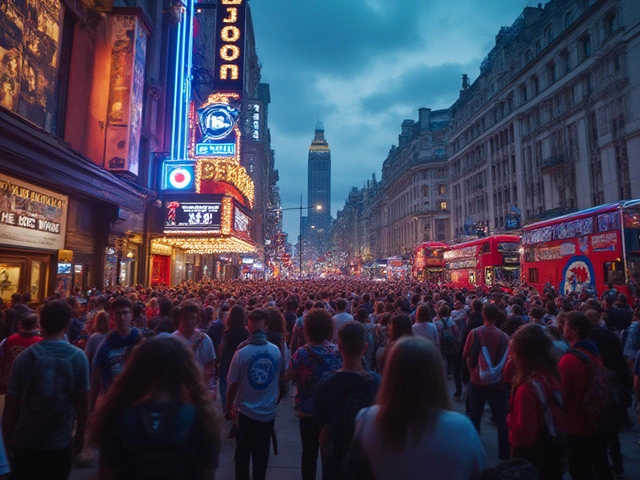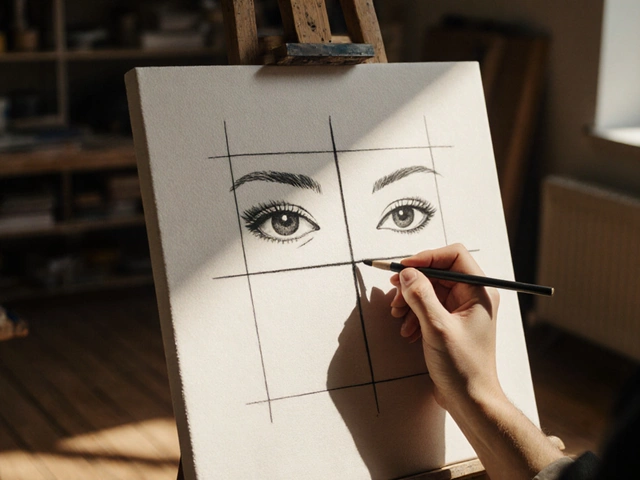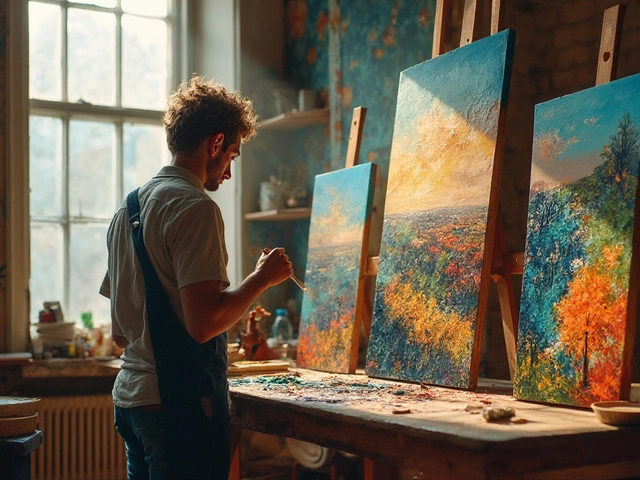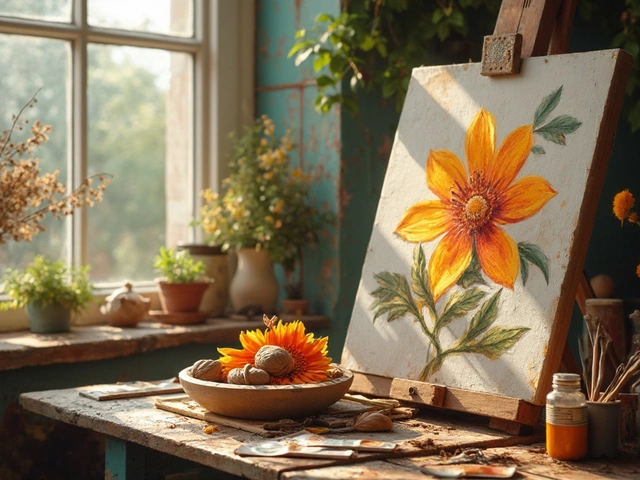Impressionism: Understanding the Light‑Driven Art Movement
When talking about impressionism, a late‑19th‑century French art movement that focuses on capturing fleeting light and atmosphere. Also known as Impressionist movement, it broke away from studio‑bound realism and let painters work outside, chasing the momentary effects of weather, shadows, and color.
One of the biggest forces behind the style was Claude Monet, the French painter whose series of water lilies, haystacks, and Rouen cathedrals epitomizes the movement’s obsession with light. Monet and his peers like Renoir, Degas, and Pissarro turned plein air painting, the practice of painting outdoors to directly observe natural illumination into a core technique. By setting up easels in gardens, ports, and bustling streets, they could record the way sunlight danced on water or how fog softened a cityscape.
The ripple effect of impressionism didn’t stop at the canvas. It sparked post‑impressionism, a later wave of artists who kept the focus on color but added personal symbolism and experimental forms. Think of Van Gogh’s swirling skies or Gauguin’s bold, flat colors—each artist took the loose brushwork of impressionism and pushed it toward new emotional and structural territory.
Key Features and Influences
At its heart, impressionism embraces three main ideas: a short, broken brushstroke that suggests rather than details, a bright palette that avoids the dark, muted tones of academic painting, and an emphasis on the moment—whether it’s a sunny afternoon at the beach or a rainy Parisian street. These traits connect directly to the movement’s reliance on natural light; without it, the shimmering effect vanishes. The style also leans on new technology of the era, like portable paint tubes, which made it easier for artists to work away from the studio.
Because impressionism values immediacy, it often feels like a visual diary. Artists would paint the same subject multiple times under different conditions, producing series that reveal how light shifts throughout the day. Monet’s “Haystacks” series, for example, shows a single stack bathed in sunrise, midday sun, and evening fog—each painting a study in color temperature and atmospheric perspective.
Another consequence of this approach is the way impressionist works blend into modern visual culture. The loose, energetic brushwork mirrors today’s digital filters that boost contrast and saturation, while the emphasis on personal perception aligns with contemporary photography’s focus on mood over realism. Even interior designers borrow the pastel blues, soft greens, and warm yellows that dominate impressionist palettes to create calming, light‑filled spaces.
In practical terms, anyone wanting to try impressionism can start with a few simple steps: pick a bright, outdoor scene; limit the palette to a handful of colors; work quickly with short, overlapping strokes; and avoid over‑blending. The goal is to let the eye fill in the details, trusting that the brain will piece together the scene from color hints and light contrasts.
Below you’ll find a curated selection of articles that dive deeper into the movement’s history, its most iconic artists, and how its techniques translate to today’s digital art world. Whether you’re curious about Monet’s legacy, looking for practical brushstroke tips, or exploring how post‑impressionism built on the original ideas, the posts let you expand your understanding and apply impressionist principles to your own creative projects.
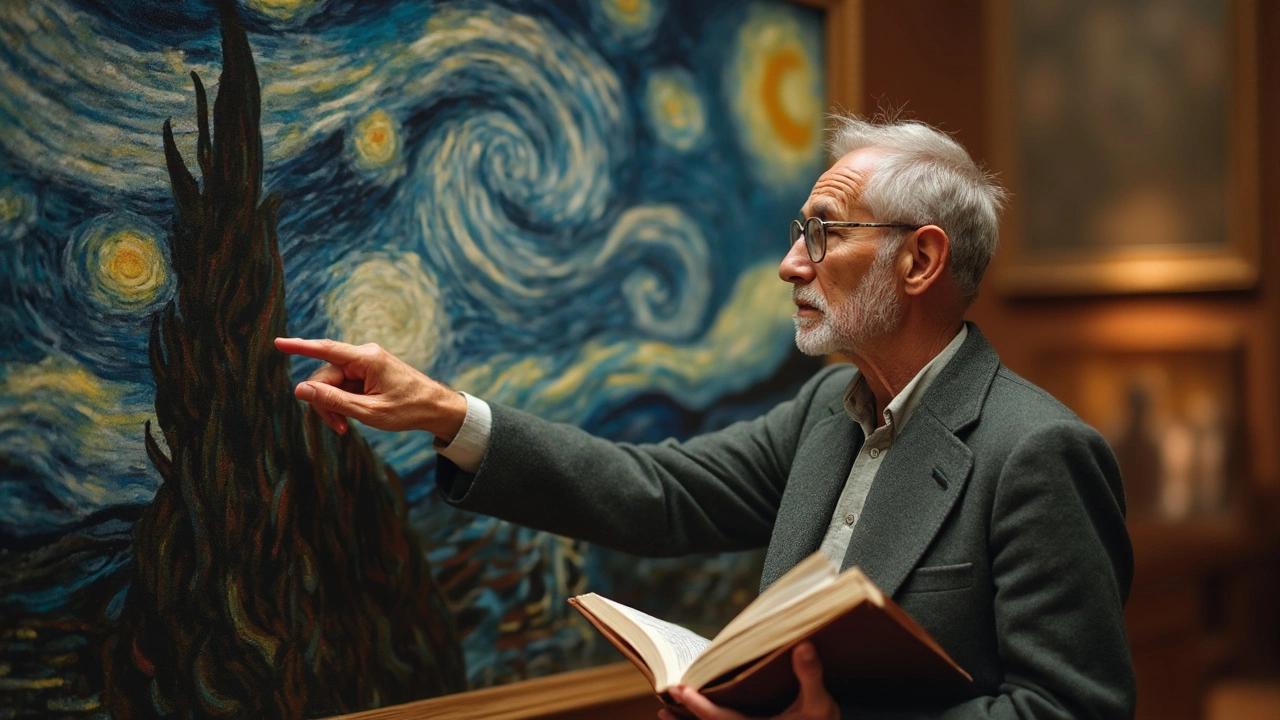
Dig deep into van Gogh's techniques and find out if he truly painted abstract art, with examples and expert insights from art history.
